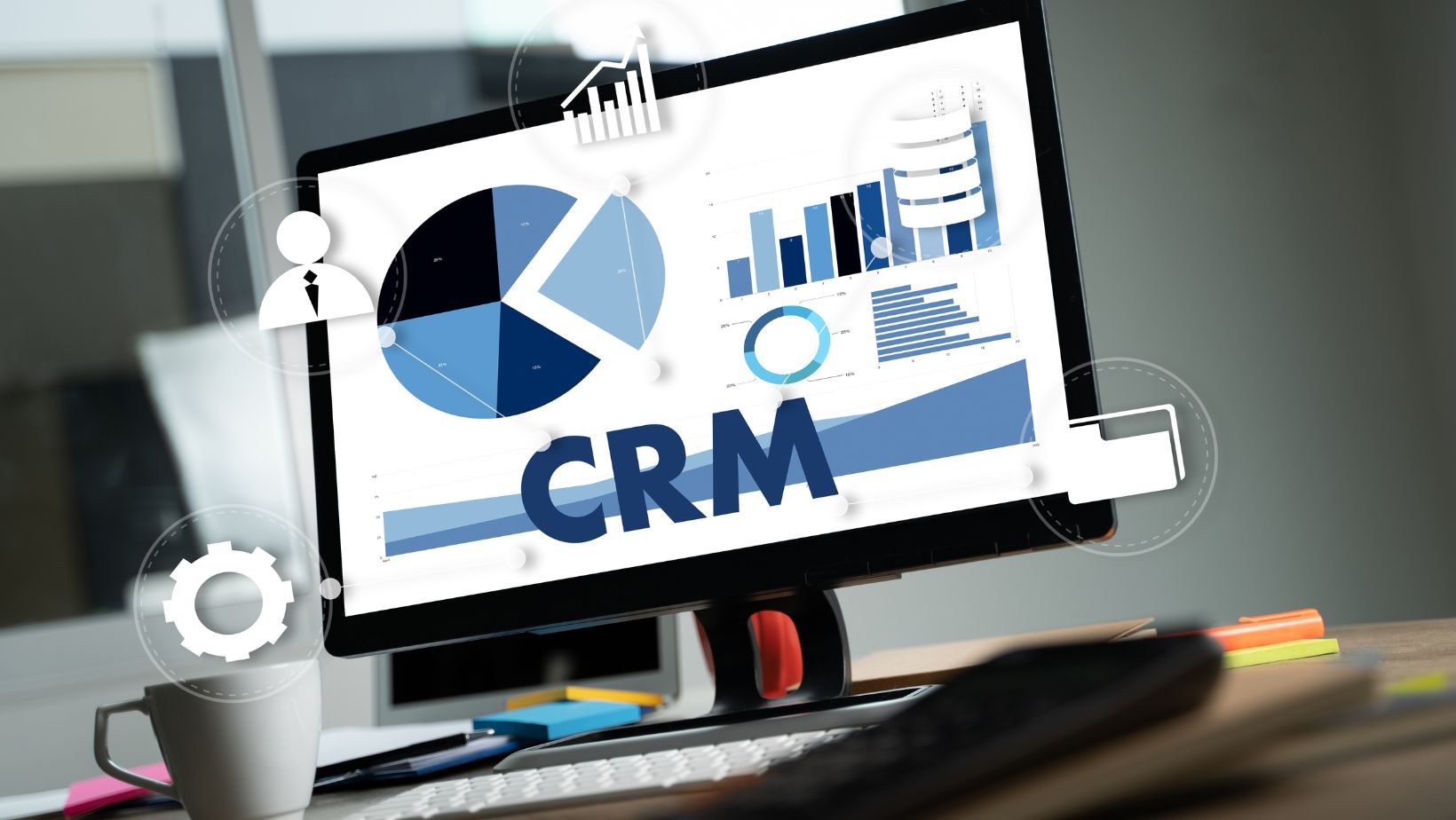
Running a roofing company isn’t just about shingles and ladders—it’s also about keeping a steady stream of customers coming in, making sure no lead slips through the cracks, and building strong relationships with the folks you’ve already helped. That’s where CRM platforms with marketing automation come in.
These tools might sound like they’re just for tech companies or big corporations, but they’re actually super practical for small to mid-size roofing businesses, too. Let’s break down how it all works and why more roofing companies are jumping on board.
What is a CRM and What Does Marketing Automation Even Mean?
First off, CRM stands for Customer Relationship Management. Think of it like your digital rolodex on steroids. It helps you keep track of every customer or lead—when you talk to them, what services they are interested in, what part of town they’re in, whether they prefer phone calls or texts, and so on.
Now, marketing automation is the part that handles the follow-ups, reminders, emails, social posts, and ad campaigns—all automatically, so you don’t have to do everything by hand.
Put them together, and you’ve got a system that helps you stay organized, follow up faster, and market smarter without hiring a whole new team.
Step One: Capturing Leads
Everything starts with getting someone’s attention and capturing their info. That could be from a:
- Contact form on your website
- Facebook or Google ad
- A referral from a past customer
- Someone walking up to your booth at a local event
With a CRM in place, those leads automatically get entered into your system. No more digging through emails or sticky notes trying to remember who to call back.
Some platforms also have chatbots that can handle the first interaction—asking questions like “What kind of service do you need?” or “How soon are you looking to get the work done?”—and then plug that info into the CRM for you.
Step Two: Sorting and Segmenting
Once you’ve got leads in your system, you can sort them based on what kind of roof they need help with, where they’re located, or whether they’re just price shopping or ready to go. This is where marketing automation really starts to shine.

Instead of blasting out the same message to everyone, you can send the right message to the right person at the right time. A homeowner with a leaking roof is going to want very different info than a commercial property manager planning a big roofing project.
Step Three: Automated Follow-Ups That Don’t Feel Pushy
We’ve all had that moment where we meant to follow up with a potential customer—and just forgot. With marketing automation, you don’t have to worry about that anymore.
You can set up email sequences that go out automatically, like:
- A welcome email when someone first reaches out
- A reminder to schedule their free inspection
- An educational piece explaining the difference between roofing materials
- Testimonials or photos from past jobs
The goal isn’t to bug people—it’s to stay top-of-mind in a helpful way. You want to be the company they think of when they’re finally ready to make a decision.
Step Four: Keeping the Team on the Same Page
Marketing automation isn’t just about sending emails. It also helps your internal team stay organized.
Let’s say a sales rep goes out to do an inspection. They can update the CRM right there on their phone—upload photos, add notes, change the lead’s status—and the system will trigger the next step, like sending a quote, scheduling a follow-up, or kicking off a drip campaign.
You can also get reminders to follow up, see which leads are “hot,” and even track which team member is closing the most deals.
Step Five: Social Media and Online Ads
The cool thing about CRM platforms these days is they can connect with your social media accounts and advertising tools. So, if someone visits your website but doesn’t fill out a form, you can automatically show them ads on Facebook or Instagram.
You can also:
- Create targeted ads based on your customer list
- Retarget people who clicked on your ads but didn’t convert
- Schedule social media posts ahead of time
It’s a great way to stay visible without manually logging into every platform every day.
Step Six: Measuring What’s Actually Working
One of the best parts of using a CRM with marketing automation is the data. You can actually see what’s working:
- Which ads bring in the most leads
- Which emails get the most clicks
- How many leads turn into paying customers
- What areas of town are converting best
That way, you’re not just guessing—you’re making decisions based on real numbers. If something’s working, you double down. If not, you tweak it.
Step Seven: After the Job’s Done
A lot of companies forget about the customer once the job is finished. But smart roofing businesses use automation to stay in touch even after the sale. You can send:
- A thank-you email or survey
- A reminder about maintenance or inspections
- A request for a Google review
- A referral offer
Happy customers can become repeat clients or send new business your way. Keeping that connection going is key.
Wrapping It All Up
Marketing automation through a CRM platform isn’t some futuristic tech—it’s a practical tool that roofing companies can use right now to grow smarter and faster. It helps you:
- Get more leads without more manual effort
- Follow up consistently
- Personalize your marketing
- Keep your team organized
- And ultimately close more jobs
If you’re tired of scrambling to keep up with leads or losing out to competitors who followed up first, this kind of system could be a game-changer.
And the best part? Once it’s set up, it runs in the background—like having a digital assistant that never sleeps. For more information, click here






